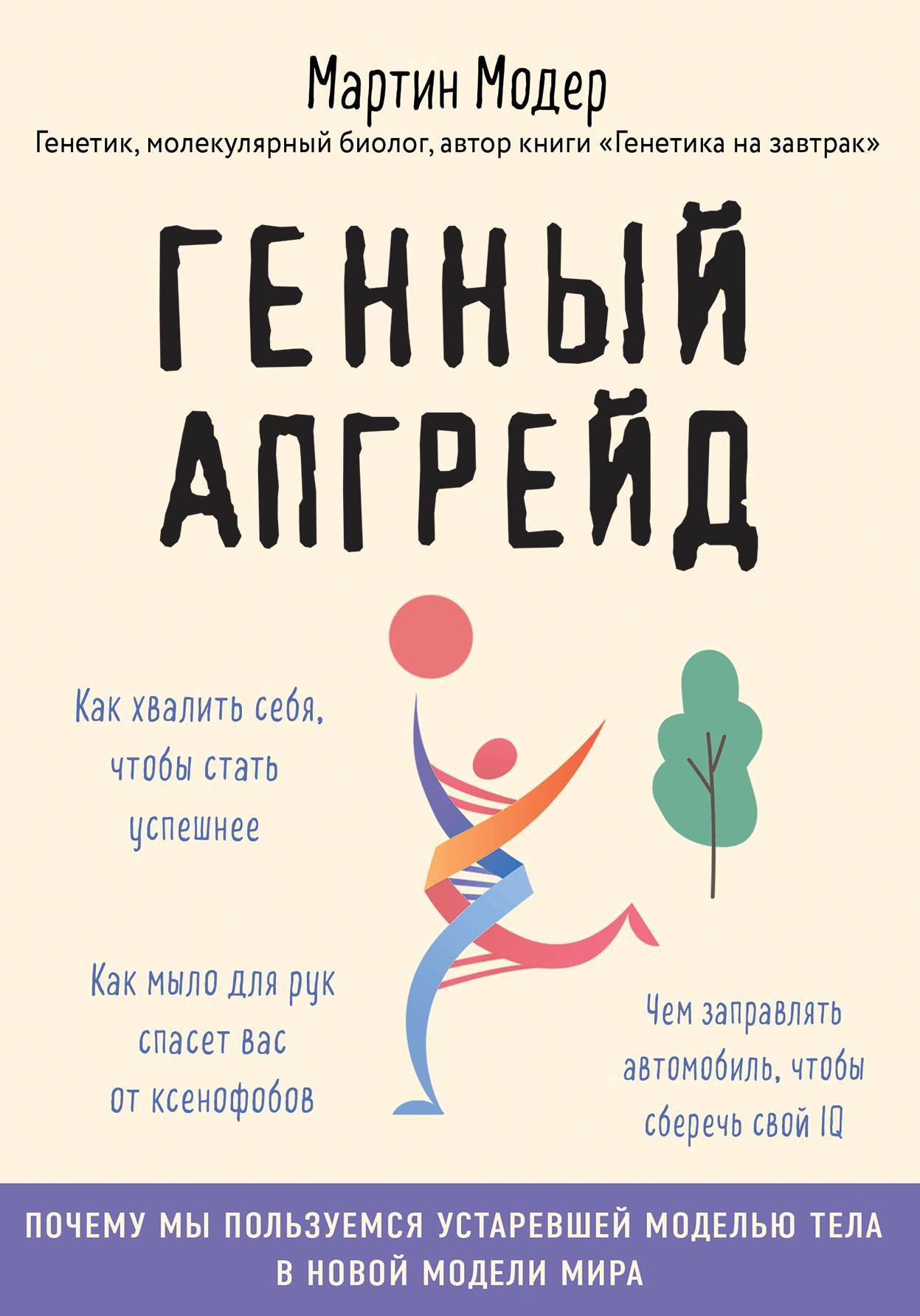Шрифт:
Закладка:
Вы тоже заметили, что мир в последнее время меняется безумно быстро – в отличие от организма человека? Все острее ощущается, что наша эволюция отстает. Если в древности любовь к жирной и высокоуглеводной пище была залогом выживания, сейчас из-за нее мы набираем лишний вес. Если раньше всплеск кортизола с адреналином во время стресса был необходим для выживания при встрече с врагом, сейчас из-за этого чаще развивается депрессия и подавляется иммунитет.Как помочь современному человеку адаптировать свое тело для новой жизни? Какие пути выбрать: изменить восприятие мира, условия жизни или биологическую основу человека?Мартин Модер расскажет, что ученые делают уже сейчас, чтобы решить эту проблему, и что можем сделать мы сами для улучшения собственной жизни.Внимание! Информация, содержащаяся в книге, не может служить заменой консультации врача. Необходимо проконсультироваться со специалистом перед совершением любых рекомендуемых действий.





